With over 1.25 billion mobile monthly active users, according to Statista, Facebook is the most important social network for mobile marketers. And more than half a billion people access Facebook solely from their mobile devices.
If you’re looking to promote your app, Facebook offers better targeting and segmenting than any platform that exists today. Moreover, it offers several tools specifically designed for app marketing.
In other words, it’s a user acquisition channel that can’t be ignored. And while the times of fan pages and ‘sharing with friends’ are over, the advertising aspect got very exciting.
So, if you’re an app developer looking to get started with Facebook marketing, here’s a short primer on getting it rightBefore You Start, Make Sure Your App is Promotion Ready
Before You Start, Make Sure Your App is Promotion Ready
Ads cost money. As a startup or an indie app developer, you want to make sure you’re investing your money wisely. In other words, you need to make a return on investment. Otherwise, you’re likely to fail.
One aspect where most apps screw up is retention or stickiness. Most people (70-80%) delete the app only after they use it once or couple times. Paying to for downloads and not retaining users means you’re blowing your money away.
Thus, before you start any serious marketing efforts, make sure your users stick around. Find the average retention in your category, and use it as a benchmark.
1. Know Your Users
Getting to know who your users are is a critical step for a successful Facebook Ads campaign. There’s a wide range of targeting options Facebook offers, and you want to use them. Remember that advertising is about getting users, not cheap clicks.
To start with creating a user persona, a fictional character that best describes the kind of person who uses your app. Start with demographics, such as age, location, gender, device and OS they’re using.
What are their interests? That’s one of the best Facebook ads targeting options. For example, you can target people interested in your competitors or blogs covering your market.
Then there’s precise interest targeting and behavior targeting allowing you to target people by purchase history, intent, and more.
2. Nail the Fundamentals of a Great Ad
Some ads convert others don’t. It all depends on many factors such as the image you use, the headline, the ad copy and your call to action.
In general, great ads are simple, concise, they demonstrate value by showing numbers (e.g. “15,000 happy customers”) and inspire action.
Top converting ads tend to show happy people, children or pets. They stand out in color (if you use the same color as Facebook, your ad will blend in) and/or are funny.
The more personal your image is, the more likely you’re going to see good results. It has to be relevant, however. Eg if it’s a payment app, show some money.
A powerful call to action and show of social proof are hugely important. Give people an incentive to sign up, blow away trust issues by stating the number of happy users, average rating or media mentions.
4. Choose the Right Type of Ads for Your Objectives
Before you create your first campaign, it’s crucial to understand better the different Facebook ad types. Throughout the years, Facebook has adjusted its advertising types to suit the different needs of its users.
For example, multi-product ads are great for e-commerce. Other types are great to build a page following or to generate newsletter signups.
App install ads are great to drive downloads. However, one ad type you should pay attention to are engagement ads to target existing users. Using deep-links you can direct tho to specific locations inside your app, such as a sale, for example.
5. Use Custom Audiences and Lookalike Audiences
Custom audiences is an extremely powerful targeting feature. Using a list of emails, Facebook user IDs or phone numbers of people you know are interested in your product, you can create a Custom Audience, containing all the people Facebook found using your list.
You can re-target users who visited your website or existing customers based on parameters such as specific job function, annual salary, etc.
Once you have a good Custom Audiences strategy in place, the next logical step is creating lookalike audiences. That means you can find potential users outside your userbase that have the same profile.
6. Test and Optimize
Everyone follows data today – it is difficult to find something new as most assumptions are based on existing data. Make many small, inexpensive tests and try crazy ideas. This way, you can find new things that can result into potentially huge gains.

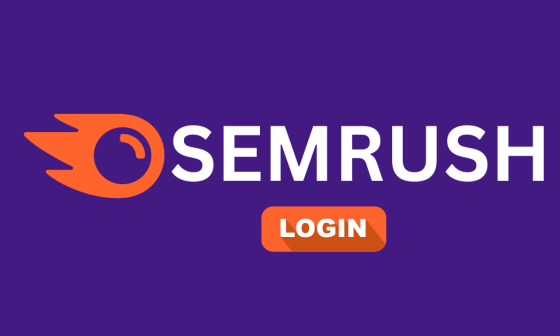
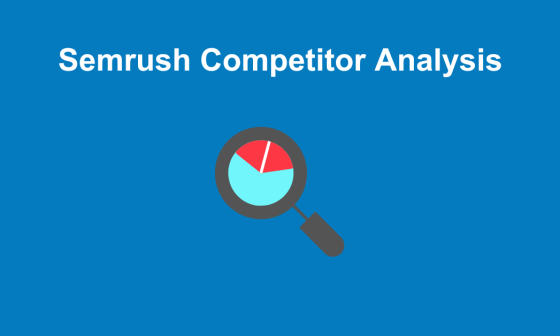
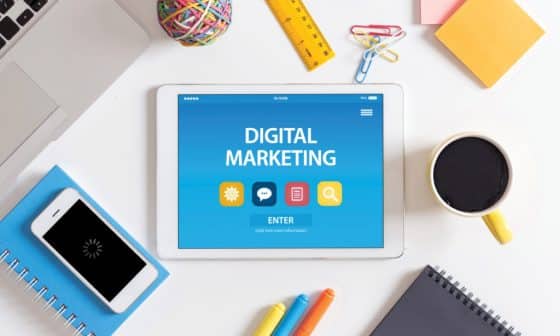
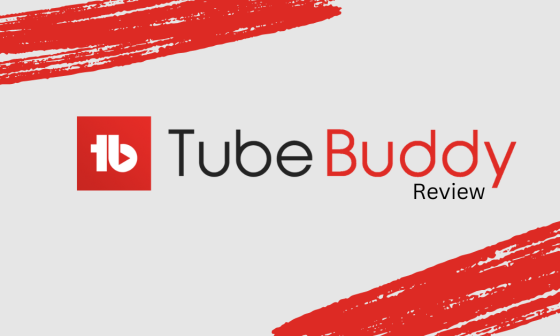

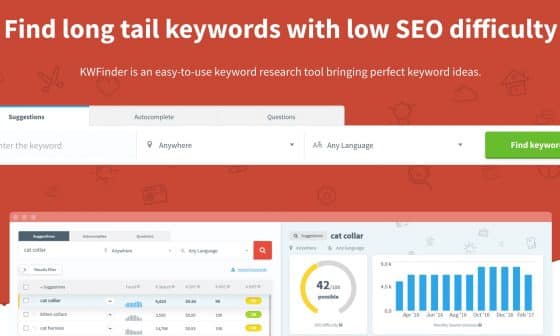
1 comment
Thanks for your advice! 🙂